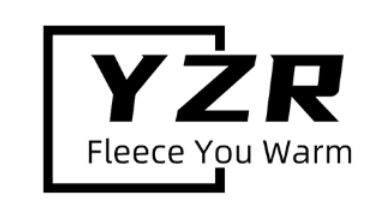
1、Color fastness
Color fastness (Color fastness) is also known as dyeing fastness, dyeing fastness. It refers to the resistance of the color of textiles to various effects during processing and use.
The fastness level is evaluated according to the discoloration of the specimen and the color staining of the undyed lining fabric. Textile color fastness test is a regular test item in the textile inherent quality test.
Textiles in the process of its use will be subject to light, washing, ironing, sweat, friction and chemicals and other external effects, some printed and dyed textiles also undergo special finishing processes, such as resin finishing, flame retardant finishing, sand washing, brushing, etc., which requires the color of printed and dyed textiles to maintain a certain fastness.
2、Color fastness
Color fastness is referred to as color fastness; the color of colored fiber, fabric or other coloring matter, in the processing and use of the process to suffer from sunlight, washing, friction, sweat and other kinds of corrosion resistance.
The rating of color fastness, in addition to the old sunlight resistance) fastness for R level, the other are 5 levels. The higher the grade, the better the color fastness. Leather measurement methods are fading (leather itself color change) and staining l on contact with the staining of two kinds.
Fade test is the leather specimen according to the prescribed conditions after processing, the specimen and untreated test sample uu between the color difference, with the standard gray sample card to compare the grade. The staining test is the test sample and the standard white cloth according to the specified conditions by touch, the white cloth by the test sample color transfer put the degree of staining to determine the gray staining sample card to measure the level.
3、Color fastness
This phenomenon is different from sublimation, because it is carried out at a temperature lower than sublimation, and it also occurs with non-sublimation dyes. It is mainly reflected in the migration of polyester and other chemical fiber fabrics, but also other raw materials.
Color transfer is mainly due to two reasons: First, the dyestuff has been transferred, especially the disperse, reactive dyestuff floating colors and dyestuff migrating free within the fiber, which may be dyed on the fiber on the surface of another sample; especially the dark color on the light color, thus remaining on the surface of another sample in granular, embossed form. Secondly, the fibers are dislodged by frictional forces and transferred from one sample to the top of another.



